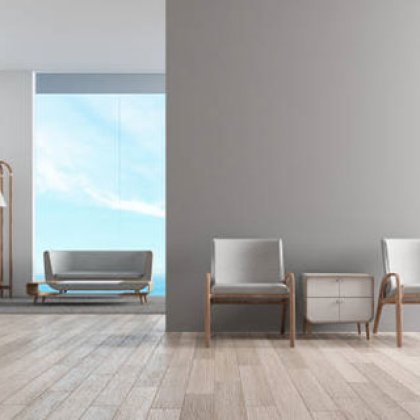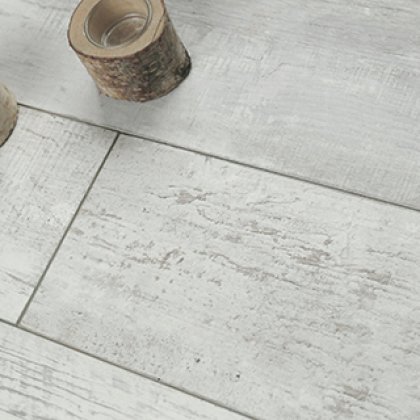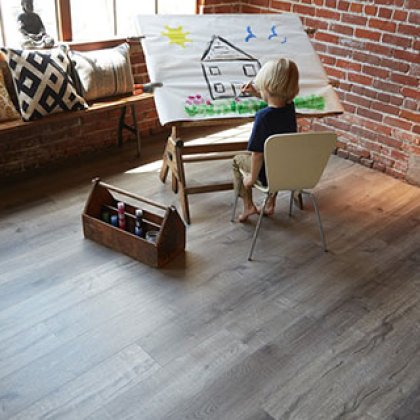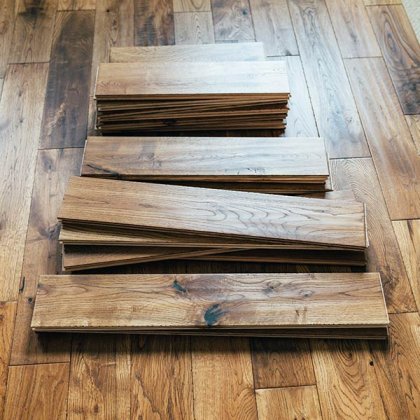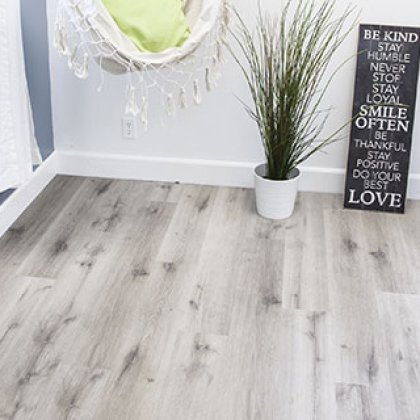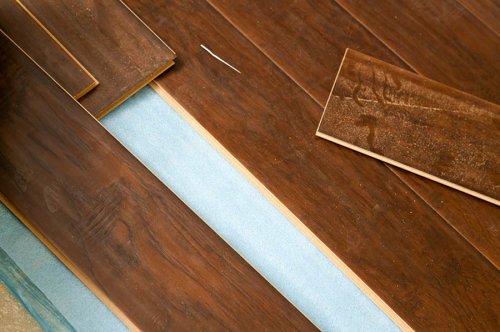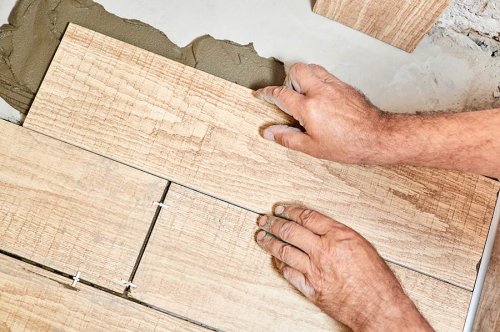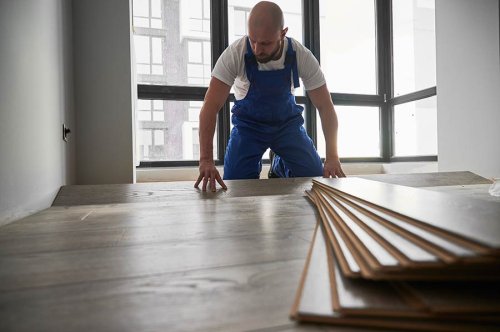Choose the Best Underlayment for Your Hardwood Floors
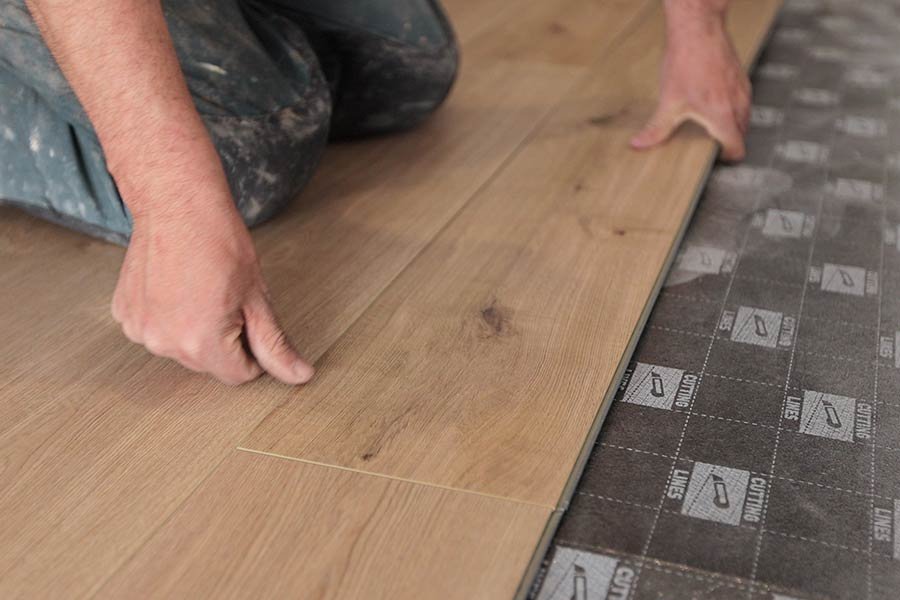
75% of homeowners believe that choosing the right hardwood floor underlayment options can significantly enhance their living experience. Selecting an underlayment for your hardwood floors is not just about aesthetics; it's about functionality, durability, and comfort. From noise reduction to moisture protection, the right underlayment acts as a silent hero, ensuring your floors look great and last longer. Whether you're renovating your home or installing new floors, understanding your underlayment options is crucial for making informed decisions.
Key Takeaways
- Know Your Options: There are several types of hardwood underlayments including foam, felt, and cork. Each has its benefits, like noise reduction and moisture protection.
- Match Underlayment to Room Needs: Use the room's purpose to guide your choice. For example, cork for sound-sensitive areas and moisture-resistant options for basements.
- Prep is Key: Always check and prepare your subfloor before installation. A clean, level surface is crucial for a successful hardwood floor.
- Consider the Environment: Eco-friendly underlayments like cork are available for those concerned with environmental impact.
- Follow the Codes: Be aware of building codes in your area. They can affect your choice of underlayment based on fire ratings and other factors.
- Seek Expert Advice: When in doubt, consult with a professional. They can help you navigate the complexities of choosing the right underlayment for your specific situation.
Types of Hardwood Underlayments
Foam Underlayment
Foam underlayment is soft and easy to install. It makes floors more comfortable to walk on. This type is also good for soundproofing. It keeps noise down in your home.
Foam comes in rolls or sheets. You can cut it to fit your room. It goes right under the hardwood floors.
Cork Underlayment
Cork underlayment is eco-friendly. It's made from natural materials. This makes it a green choice for your home.
It is also mold-resistant. Cork keeps away mold and mildew. Plus, it's good for insulation. It keeps your floors warm in winter and cool in summer.
Rubber Underlayment
Rubber underlayment is very durable. It lasts a long time under your hardwood floors. This type is great for moisture protection. It keeps water away from your floors.
Rubber also reduces noise. It makes your home quieter by absorbing sound. This is good for busy homes.
Choosing the Right Underlayment
Flooring Type
Match your underlayment to the hardwood. Engineered wood and solid hardwood need different kinds.
Engineered floors work well with a variety of underlayments. They can handle changes in humidity better. Solid hardwood needs a moisture barrier. This stops water damage.
Room Usage
Think about how much foot traffic the room gets. High traffic areas need tougher underlayments.
Kitchens and living rooms get lots of use. They need durable options that can take a lot of walking. Bedrooms might not need as tough an underlayment.
Budget Balance
Your budget is important. But don't just pick the cheapest option.
Cheaper underlayments might not last as long or protect your floors well. It's better to find a balance between cost and quality. Some mid-range options offer good protection without breaking the bank.
Subfloor Condition and Preparation
Clean Surface
Before laying down any underlayment, it's crucial to start with a clean surface. This means taking the time to remove all debris and dust from the subfloor. A clean base ensures that the underlayment will lay flat and adhere properly. It also prevents any particles from causing bumps or unevenness.
Sweeping thoroughly and using a vacuum can make a big difference. This step might seem small, but it sets the stage for a smooth installation process.
Level Ground
Checking for levelness is another key step. Uneven areas can lead to problems with your hardwood floors in the future. They can cause creaking sounds or even damage to the wood. Use a level to find any high or low spots in your subfloor.
For high spots, sanding them down is effective. For low spots, using a self-leveling compound works well. Making sure your subfloor is level will help your hardwood floors look their best.
Moisture Control
Moisture can be a big enemy of hardwood floors. It's important to address any moisture issues before proceeding. This might mean installing a moisture barrier if you're dealing with a concrete subfloor or an area prone to dampness.
A moisture barrier can protect your floors from warping or swelling due to moisture. It's a crucial step in areas where humidity levels change often. Choosing the right barrier depends on your specific needs and the advice given in the "Choosing the Right Underlayment" section.
Room-Specific Considerations
Moisture Areas
Moisture is a big deal for floors. In bathrooms and basements, water can be a problem. You need underlayments that block moisture. This keeps your floors safe and dry. Not all underlayments do this well.
For these rooms, look for materials that resist water. They help protect your hardwood floors from damage. This choice can save you money on repairs later.
Noise Levels
In bedrooms and living rooms, quiet is important. Some underlayments cut down on noise. They make these spaces more peaceful. When you walk, they soften the sound.
Choose underlayments that promise soundproofing. This makes your home quieter. It's great for areas where you relax or sleep.
Heated Floors
Heated floors are cozy but need the right underlayment. Not all materials work with floor heating. Some can block the heat or get damaged.
Look for options that say they're good for heated floors. These underlayments let the warmth through. They keep your floors warm and safe.
Environmental and Building Code Factors
Local Codes
Check your area's rules first. Every place has its own building codes. These tell you what you can use for your floors. It's important to follow them. If you don't, you might have to redo your work. This can cost a lot of money.
e areas have strict rules about noise. They may require special underlayments that reduce sound. This is something to think about if you live in an apartment or condo.
Eco Options
Think about the planet too. Some underlayments are better for Earth than others. Cork is a great choice. It comes from trees but doesn't hurt them. Cork is also good at keeping your floor warm and quiet.
Bamboo is another eco-friendly option. It grows fast and doesn't need much water or pesticides. Both cork and bamboo are sustainable choices that help our planet.
Air Quality
Your home's air matters a lot. Some underlayments can make it worse. They release chemicals into the air. These are called VOCs, and they're not good for us to breathe.
Look for underlayments with low VOCs. This keeps your home's air clean and healthy. It's especially important if you have kids or pets. They spend a lot of time close to the floor.
Closing Thoughts
Choosing the right hardwood floor underlayment is crucial for your home's comfort, durability, and soundproofing. You've learned about types, how to pick based on your needs, preparing your subfloor, considering different rooms, and navigating environmental codes. Now, you're equipped to make an informed decision. Remember, the best choice protects your flooring investment and enhances your living space. Don't rush this decision; weigh your options carefully.
Ready to step up your home game? Go ahead, pick the perfect underlayment, and enjoy the peace of mind that comes with a well-thought-out choice. Your floors will thank you for years to come. And hey, if you ever get stuck or need more advice, we're here to help guide you through every step of the way.
Frequently Asked Questions
What are the main types of hardwood underlayments?
Foam, felt, and cork are the primary types of hardwood underlayments. Each offers unique benefits like cushioning, sound reduction, and moisture protection.
How do I choose the right underlayment for my hardwood floor?
Consider your subfloor type, room usage, and specific needs like soundproofing or moisture resistance. Your choice should align with these factors for optimal performance.
Why is subfloor condition important before installing hardwood underlayment?
A clean, level, and stable subfloor ensures proper underlayment installation, preventing issues like uneven flooring or gaps that could affect durability and appearance.
Are there specific underlayments recommended for different rooms?
Yes, rooms with higher moisture levels like kitchens or basements may require underlayments with superior moisture barriers, whereas living areas might benefit more from sound-dampening qualities.
How do environmental and building code factors influence underlayment choice?
Environmental considerations such as humidity levels can dictate the need for moisture-resistant underlayments. Building codes may also specify requirements for fire resistance or soundproofing in multi-level buildings.



